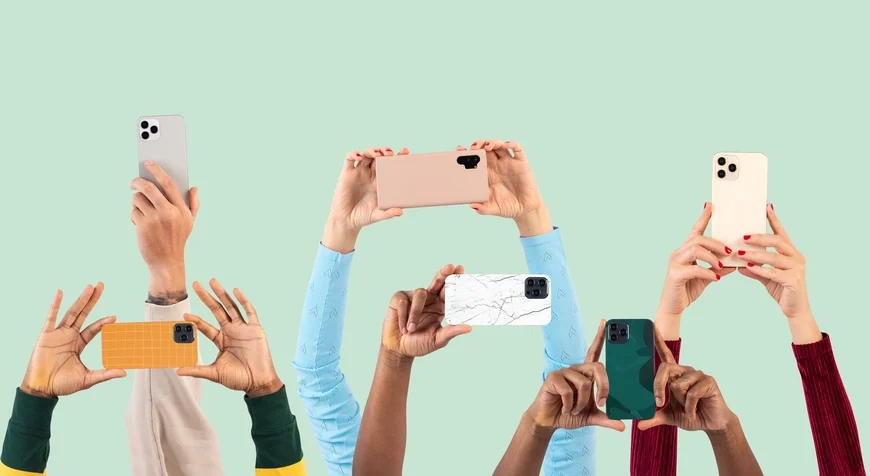How to Shoot a Perfect Video on Your Smartphone: A Beginner-Friendly Guide
Shooting professional-looking videos on your smartphone is easier than you think. Learn the best camera settings, lighting, audio, and editing techniques to turn your phone into a production tool.

Let’s be honest — most of us carry a powerful camera in our pocket every day, yet we often underestimate what it can do. With the right approach, your smartphone can capture videos that look polished, professional, and ready to impress.
But here’s the reality: you won’t master it overnight. Great videography comes with practice, experimentation, and refining your technique.
In this guide, we’ll walk through the essentials of shooting high-quality videos on your phone — from camera settings to editing — so you can create content that looks like it came from a professional studio.
1. Choose the Right Smartphone
Not every expensive phone is automatically the best for video. Focus on these features:
-
Resolution: Aim for at least 1080p HD, ideally 4K for maximum clarity.
-
Frame Rate: Minimum 30 FPS; go for 60 FPS for smoother motion.
-
Stabilization: Optical or digital image stabilization helps avoid shaky footage.
2. Set Up Your Camera Properly
A good camera alone won’t guarantee a great video — proper settings matter.
-
Use the Rear Camera: It’s sharper and more advanced than the front.
-
Lock Focus & Exposure: Prevents sudden brightness changes or blurriness.
-
Enable HDR: For better color and detail in high-contrast scenes.
3. Get the Lighting Right
Lighting is everything in video.
-
Use Natural Light: Position yourself near a window or film outdoors.
-
Avoid Harsh Shadows: Keep the scene evenly lit.
-
Add Artificial Light: Use LED or ring lights when needed.
4. Keep Your Shots Steady
Shaky footage looks unprofessional.
-
Use Both Hands: Hold your phone firmly.
-
Tripod or Gimbal: Worth the investment for stability.
-
Lean on a Surface: Walls or tables can work in a pinch.
5. Frame Your Shot Like a Pro
Composition can make or break your video.
-
Rule of Thirds: Place your subject slightly off-center for balance.
-
Leave Headroom: Keep space above your subject’s head.
-
Clean Backgrounds: Avoid visual clutter.
6. Capture Clear Audio
Great visuals can be ruined by bad sound.
-
External Microphone: Lapel or shotgun mics improve clarity.
-
Quiet Space: Less background noise = better audio.
-
Check Levels: Avoid distortion by balancing volume.
7. Pick the Right Orientation
Decide before you hit record:
-
Landscape (Horizontal): Ideal for YouTube or presentations.
-
Portrait (Vertical): Best for Instagram Reels, TikTok, and Shorts.
8. Edit Your Videos Like a Pro
Post-production is where good videos become great.
-
CapCut: Effects, transitions, and music.
-
InShot: Trimming, text, filters.
-
Adobe Premiere Rush: More advanced editing tools.
9. Optimize for Social Media
Make sure your video is platform-ready.
-
Engaging Thumbnails: High-resolution, eye-catching covers.
-
Add Captions: Accessible even when muted.
-
Relevant Hashtags: Boost discoverability.
10. Practice and Keep Improving
Your first video won’t be perfect — and that’s fine.
Keep experimenting with angles, lighting, and editing styles until you find your own creative voice.